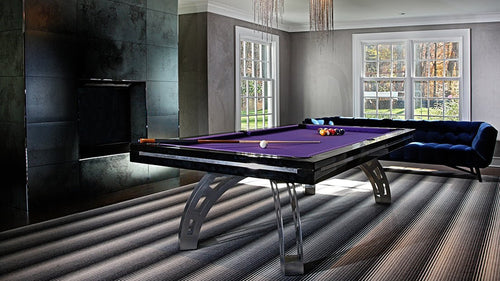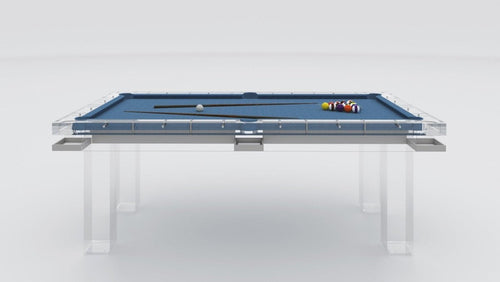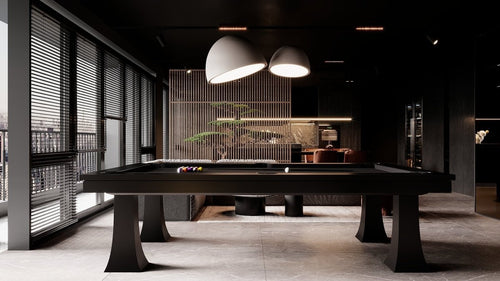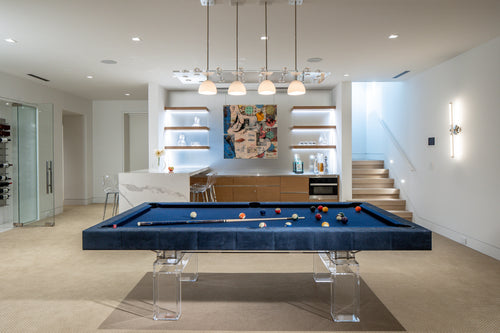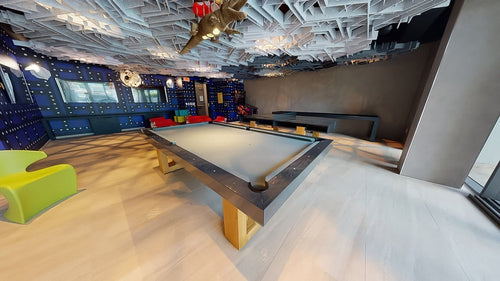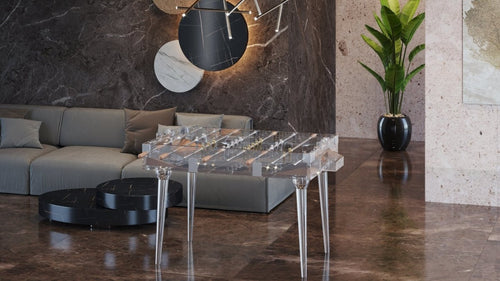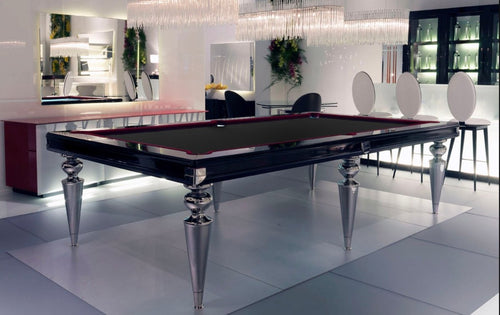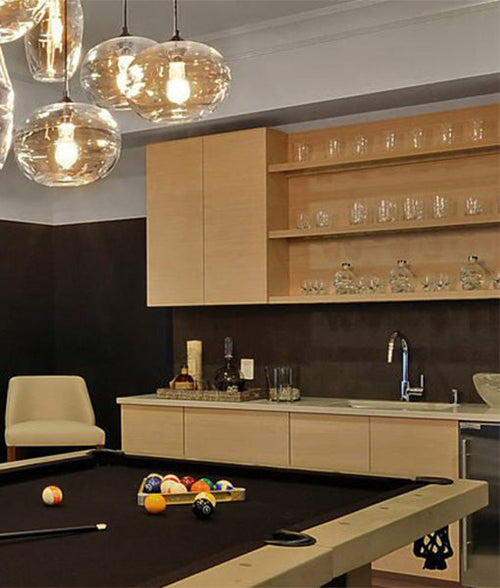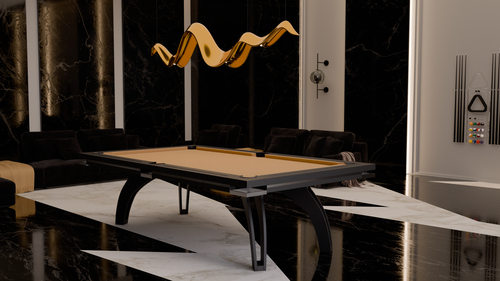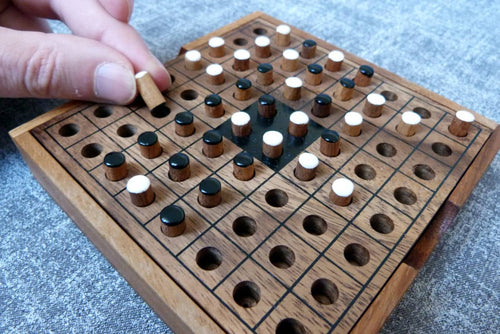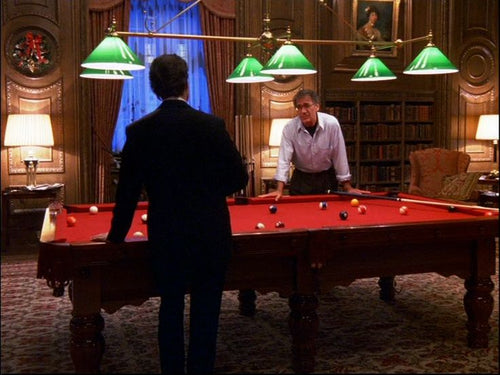Enjoy our modern designs
Embarking on an interior design project can transform your home, making it both beautiful and functional. If you're considering hiring an interior designer, you might be wondering: "How much do interior designers cost?" The answer isn't straightforward, as interior design costs can vary significantly based on several factors. In this guide, we'll explore the different aspects that influence interior design fees, examine common fee structures, and offer tips to ensure transparency and effective communication between you and your designer.
Understanding Interior Design Fee Structures
Interior design fees can be structured in various ways to accommodate different types of projects and your specific needs. Here’s an overview of the most common fee structures used by interior designers:
Hourly Rates
- What It Is: Paying by the hour is a popular method, especially for smaller projects or those with an undefined scope.
- Cost Range: $50 to $500+ per hour, depending on the designer's experience and reputation.
- Pros: Reflects the actual time spent on your project and offers flexibility.
- Cons: It can be challenging to estimate the total cost upfront, and expenses may increase if the project scope expands.
Fixed Fees (Lump Sum)
- What It Is: A predetermined fee for a clearly defined scope of work.
- Pros: Provides budget certainty and encourages designer efficiency.
- Cons: Requires a detailed scope definition from the start and offers less flexibility for changes during the project.
- Best For: Small projects or specific stages of larger projects where the scope can be clearly outlined from the beginning.
Percentage-Based Pricing
- What It Is: The designer's fee is calculated as a percentage of the total project cost, including construction and furnishings.
- Pros: Aligns the designer's incentives with your overall project budget.
- Cons: Some clients may feel there’s a conflict of interest since the designer benefits from a higher project budget.
Per Square Meter/Foot
- What It Is: Fees are based on the size of the project space.
- Pros: Simple and straightforward for projects with clear, measurable spaces.
- Cons: Not suitable for complex projects and may disadvantage designers working on smaller properties.
Combination Pricing
- What It Is: A mix of different fee structures depending on the project phase or specific services.
- Pros: Offers flexibility to cater to various client needs.
- Cons: Can lead to confusion if not presented clearly, and overly complex fee structures may deter potential clients.
Tip: Avoid overly complicated fee structures. Remember, "a confused person doesn't buy."
Design For A Day: A Client Onboarding Strategy
- What It Is: A trend among luxury designers offering a "Design For A Day" service, allowing you to experience a designer's expertise without a long-term commitment.
- Pros: Provides a low-commitment way to engage with the designer and serves as a trial run to assess compatibility before committing to a larger project.
- Cons: May not be suitable for all types of projects. Designers need to clearly define what is included in the one-day service to manage expectations.
- Best For: Luxury designers aiming to attract high-end clients by showcasing their skills and building trust through an initial, manageable engagement.
Factors Influencing Interior Design Costs
Beyond the fee structure, several other factors play a significant role in determining the overall cost of interior design services:
- Designer Experience and Reputation: More experienced and established designers typically charge higher fees due to their proven track record and expertise.
- Project Scope and Complexity: Detailed and complex projects require more time, resources, and specialized skills, leading to higher fees.
- Location: Design fees can vary based on the cost of living and market rates in different geographic areas. Urban centers or regions with a high cost of living generally see higher design fees.
- Client Budget: While designers consider your budget, they also prioritize setting fees that reflect the value of their services and ensure profitability.
- Client Perception and Trust: How designers present their fees can significantly impact your perception of value and fairness. Focusing on the overall value and delivering a clear, understandable fee structure can build trust and avoid the perception of inflated costs.
Best Practices for Transparency and Communication
Clear communication and transparency are crucial for a successful interior design project. Here are some best practices to ensure a smooth collaboration:
- Detailed Fee Proposals: Your designer should provide comprehensive proposals outlining the scope of work, deliverables, payment terms, and any potential additional charges.
- Open Communication: Maintain honest and ongoing dialogue regarding project progress, budget, and any changes that may arise to ensure alignment and avoid misunderstandings.
- Legally Sound Contracts: Contracts should clearly define the responsibilities of both parties, protecting both you and the designer. Including clauses that protect against non-payment or scope creep is essential.
- Timely Invoicing and Payment Tracking: A system for prompt invoicing and payment tracking ensures healthy cash flow for the designer and keeps the project financially on track.
- "Design For A Day" as a Client Onboarding Strategy: Offering a "Design For A Day" service can be an effective way to onboard new clients, especially for luxury designers. This approach allows you to experience the designer’s expertise and work style without a long-term commitment, fostering trust and laying the groundwork for future, larger projects.
The "Sour Taste" of Compromised Fees
Undervaluing a designer’s services can lead to significant project complications and unsatisfactory outcomes. Accepting a lower fee might result in project delays, budget overruns, and compromised quality, ultimately harming both your and the designer’s experience. It's essential to set fees that reflect the true value of the designer’s work to ensure successful project outcomes.
Real-World Example: A designer agreed to a reduced fee to secure a partnership, only to face constant budget overruns and client dissatisfaction. Without adequate compensation, the designer struggled to allocate sufficient time and resources, leading to a project that fell short of both your expectations and the designer’s standards. This highlights the necessity of valuing expertise appropriately to ensure project success and maintain professional integrity.
Importance of Your Due Diligence
As a homeowner, taking proactive steps to vet potential designers can save you time, money, and stress:
- Interview Potential Designers: Meet with several designers to discuss your project, understand their approach, and assess if their style aligns with your vision.
- Ask for Referrals and Check References: Speaking with past clients can provide valuable insights into a designer's reliability, professionalism, and quality of work.
- Check Their Social Media: Most designers regularly post their latest projects on social media platforms. Reviewing their social media profiles can give you a visual sense of their style, creativity, and the quality of their work.
- Clarify Fee Details Upfront: Ensure that all fee structures, payment terms, and potential additional costs are clearly understood before signing any agreements to avoid surprises later on.
Cautionary Tale: A negative experience recounted by a client highlights the importance of clear communication and well-defined payment terms to prevent projects from "going wrong." Misunderstandings about fees and project expectations can lead to frustration and unmet goals, underscoring the need for thorough due diligence and open dialogue.
Making Informed Decisions
By understanding the various fee structures, the factors that influence costs, and the importance of clear communication, you can navigate the often-complex landscape of interior design fees with confidence. Whether you're planning a minor room refresh or a complete home overhaul, being informed will help you make decisions that align with your budget and design goals.
Conclusion
Hiring an interior designer is an investment in the comfort and aesthetics of your home. While costs can vary, knowing what to expect and how to approach the budgeting process will empower you to work effectively with your designer. Prioritize transparency, communication, and due diligence to ensure a smooth and successful interior design journey.


